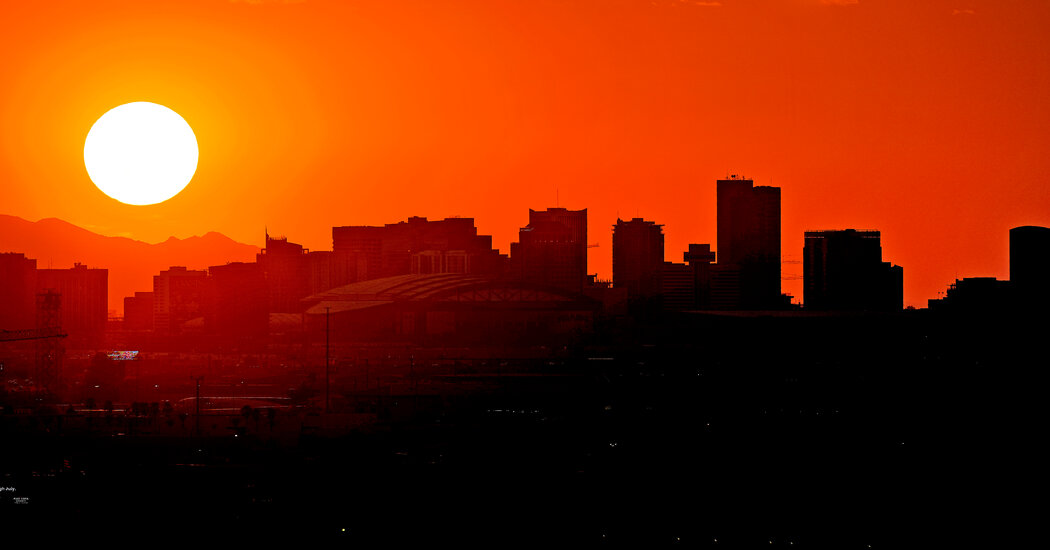
People typically don't think of themselves as at high risk of succumbing to the heat or at greater risk than before, leading them to underestimate how a heat wave might land them in the emergency room, said Kristie L. Ebi, a professor at University of Washington. University of Washington, expert on the health risks of extreme heat.
“The heat you were asked to handle 10 years ago is not the heat you are asked to handle today,” he said. One of the first symptoms of heat illness can be confusion, she added, making it more difficult for someone to respond without the help of others.
What happens next: States and hospitals are preparing for another summer of extreme heat.
Dr. Srikanth Paladugu, an epidemiologist with the New Mexico Department of Health, said the state had nearly 450 heat-related emergency room visits in July of last year alone and more than 900 between April and September, more than double the number recorded during that period in 2019.
In preparation for this year's warmer months, state officials are working to coordinate cooling shelters and areas where people can be splashed with water, Dr. Paladugu said.
Dr. Aneesh Narang, an emergency medicine physician at Banner-University Medical Center in Phoenix, said he frequently saw about a half-dozen cases of heat stroke a day last summer, including patients with body temperatures of 106 or 107 degrees. Heat illness patients require enormous resources, he added, including ice packs, fans, nebulizers and cooling blankets.
“There are so many things that have to happen in the first few minutes to give the patient a chance of survival,” he said.
Dr. Narang said hospital employees have already begun evaluating protocols and working to ensure there are sufficient supplies to deal with the expected number of heat illness patients this year.
“Every year we do it earlier and earlier,” he said. “We know it's likely to be the same or worse.”
